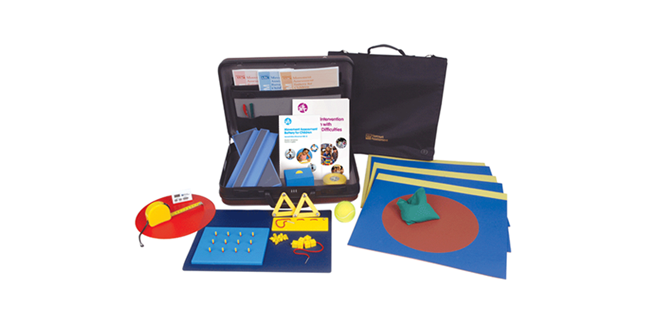Movement Assessment Battery for Children, Second Edition (Movement ABC-2) identifies, describes and guides treatment of motor impairment. MABC-3 - Now available to order!.
Movement Assessment Battery for Children | Second Edition
Movement ABC-2
Movement Assessment Battery for Children, Second Edition (Movement ABC-2) identifies, describes and guides treatment of motor impairment. MABC-3 - Now available to order!.Choose from our formats
Test forms & reports
Booklets, record forms, answer sheets, report usages & subscriptions
3 options
Support materials
Manuals, stimulus books, replacement items & other materials
2 options
All products
All tests and materials offered for Movement ABC-2
5 options